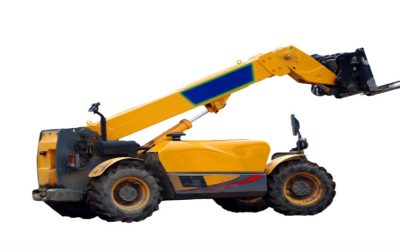The brewing of beer is not a laborious process. Brewing is defined as extracting sugar from the grain. A sugary liquid called wort is made, and yeast is added for fermentation purposes. However, the liquid still lacks one essential component at this stage – beer carbonation. After all, a beer is not a beer if it does not contain any kind of fizz – all which makes the beer more likable as well as drinkable.
Carbonation Enhances the Flavor and Aroma of Beer
Beer carbonation enhances the flavor and aroma of beer as well. It is important to employ this method in the making the beverage. While some people believe carbonation involves the inclusion of carbonated water, adding fizz is not quite that straightforward.
Re-fermentation or Natural Carbonation
Beer carbonation can be natural or forced. While CO2 is added during forced beer carbonation, natural carbonation permits the yeast to remain in the liquid in order to produce CO2. Sugar is then added to the container before the liquid is sealed. Fermentation resumes while the yeast consumes the added sugar. When the yeast ferments, it emits CO2, which produces fizz. The natural carbonation method is also appropriately known as re-fermentation.
Forced Carbonation
On the other hand, forced beer carbonation is a far different process. Before carbonation or CO2 is added, the beer is placed into a sealed container, and the carbonation is added rapidly. Under a high amount of pressure, the CO2 becomes absorbed into the beverage. Most breweries like the forced carbonation method as it allows them to turn around the product in a small amount of time. Little sediment is produced as the beer’s yeast has been removed and the liquid pasteurized.
A Crystal Clear Beer
Therefore, beer carbonation that uses the forced method produces a better-looking beer. No sediment is seen at the bottom of the bottle, nor can it be seen floating around in the beer, thereby causing the brew to pour crystal clear. A decent head is created, and bubbles typically cling to the inside of the glass.
The Natural Comparison
A natural forced carbonation produces a very thin layer of yeast at the bottom of the glass. The head is thicker, and is retained longer as well. Fewer bubbles stick to the glass. Natural carbonation allows for a smoother taste – even more effervescent than forced carbonated beer. In some instances, people compare the brew to champagne. Beers that are naturally carbonated feature a more yeasty or bready taste.
Forced or Natural Carbonation: Which is a Better Choice?
Whether consumers like natural carbonation or forced carbonation better is a topic better left to the consumer. Because most breweries use forced carbonation, it is highly probable that most people have not considered or tested the differences.


